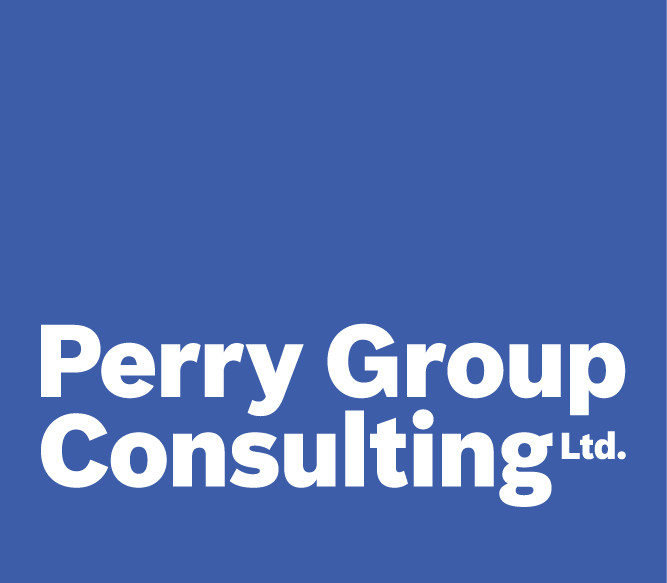Thunder Bay's Digital Transformation Journey Series - Navigating Governance
In part 3 of our Thunder Bay digital series, we dive into the critical aspect of governance, a key element in the overarching digital strategy that is actively propelling the city's digital transformation journey. To navigate this landscape and ensure effective decision-making, Perry Group worked with the City of Thunder Bay to create a new information, technology and digital governance model.
A key aspect of the governance framework is encouraging business /IT collaboration and strengthening the partnership. It’s about engagement, building credibility and maintaining strong relationships. This decision-making framework not only engages key stakeholders across the organization and legitimizes the decision-making process but also fosters a culture of learning and improvement across the organization.
The perception of technology as a backroom function that leaders are uncomfortable with has persisted for too long, with many organizations delegating key technology decisions to the IT department and IT leaders. However, the reality is that many decisions related to technology are not technical at all - instead, they are high-level business questions about how and where an organization wants to apply technology, about strategic priorities, about investment and risk tolerances, and about what it wants customer service experiences to look like. Faced with an abundance of work and limited resources, organizations must prioritize initiatives strategically rather than attempting to cater to everyone. Furthermore, in today’s connected world, decisions in one part of the organization often have significant ramifications and implications in other areas - stressing the importance of coordination.
Acknowledging this reality and building upon momentum achieved through the development of the strategy, a formalized yet flexible governance model was established in Thunder Bay. This is the decision-making framework for information and technology-related matters. It encompasses various components, including an intake process for ideas and projects, project and portfolio management, change management, resource and capacity management, benefits management, performance management and reporting at management, leadership and council level, product governance, project teams, working groups, and an architecture review process. While comprehensive, the framework has focused upon an agile, minimum viable product approach to apply effort and attention where required and not to make it overly bureaucratic.
The governance framework facilitates an improved approach to decision-making, ensuring that the right people at the right time within the organization are making decisions based on the right information.
That said, this stuff is not easy. Implementing a governance model is not for the faint of heart. It takes hard work and perseverance and relies heavily on people and relationships. As part of Perry Group’s commitment to providing ongoing support, we provided an advisor to assist the IT Director in designing and operationalizing the model, setting up committees, defining processes, and supporting the initial operation of these groups. The governance model includes an executive digital and IT steering committee composed of the executive management team, whose purpose is to ensure that key decisions are vetted, debated, and reached collaboratively.
This approach has been pivotal in making key strategic decisions and driving work forward.
The executive committee oversees themed coordinating committees (Property & Permitting, People & Money, Digital, Web & Customer Service, and various others), ensuring that expertise within the business contributes to technology and digital decision-making and vice versa.
Importantly, the IT Director reports progress against the digital strategy to the Council every six months - keeping attention and focus on successes, challenges and ever-emerging opportunities.
Beyond decision-making, the governance model also emphasizes the importance of institutional learning. By running successful projects and showcasing them as examples, the organization is fostering a culture of learning and improvement. The lessons from these projects, such as the importance of laying out a roadmap, dedicating resources, and adopting a corporate approach, contribute to the growth of knowledge and understanding. This approach not only validates the legitimacy of decision-making processes but also ensures a continuous cycle of improvement in delivering successful transformation projects.
If you are interested in learning more about what we do, what we have done, or are interested in working with Perry Group Consulting, feel free to get in touch with us here.

